Jumpseed (Persicaria virginiana), also known as Virginia Knotweed, is a perennial plant native to North America, spanning regions from eastern Canada to Mexico. A member of the Polygonaceae family, it shares a botanical connection with buckwheat. The plant earns its common name from its fascinating seed pods, which appear to “jump” when fully ripe and disturbed. Found primarily in the central and eastern parts of the United States and Canada, Jumpseed thrives in various conditions, making it a resilient and intriguing addition to many landscapes.
| Common name | Jumpseed, Virginia Knotweed |
| Botanical name | Persicaria virginiana |
| Family | Polygonaceae |
| Species | virginiana |
| Origin | E. Canada to Mexico |
| Life cycle | Perennial |
| Plant type | Herbaceous Perennial |
| Hardiness zone | 5, 6, 7, 8, 9 |
| Sunlight | Full Sun |
| Maintenance | Low |
| Soil condition | High Organic Matter |
| Soil ph | Acid |
| Drainage | Well-Drained |
| Growth rate | Fast |
| Spacing | 3 ft. – 6 ft. |
| Harvest time | Fall |
| Flowering period | Summer |
| Height | 2 ft. – 3 ft. |
| Flower color | Green |
| Leaf color | Green |
| Fruit color | Brown, Copper |
| Stem color | Green |
| Fruit type | Achene |
| Garden style | Butterfly Garden |
| Uses | Container |
I. Appearance and Characteristics
Persicaria virginiana, also called jumpseed, Virginia knotweed or woodland knotweed is a North American species of smartweed within the buckwheat family. It is unusual as a shade-tolerant member of a mostly sun-loving genus. Jumpseed is a perennial, named for its seeds which can “jump” several feet when a ripe seed pod is disturbed.
Persicaria virginiana has a wide native range throughout most of eastern North America (from Ontario and Quebec, south to Florida, and west as far as Texas, Nebraska, and Minnesota/), as well as Japan and the Himalayas.
It naturally occurs in full to partial shade, on riverbanks, woods, cliffs, and rocks.

Like other Persicaria, jumpseed has alternate leaves, with fine-hairy stipular sheaths (ocrea) with bristle-fringed edges which often turn brownish. Flowers, widely spaced along slender stalks, are white to greenish-white, rarely pink-tinged, and fruiting flowers have 2 downward-pointing hook-tipped styles.
Persicaria virginiana is easily distinguished from most other Persicaria species by its much larger, more oval-shaped leaves, although a few species also have large leaves. It sometimes has a chevron-shaped marking on the leaves; often a single plant will have this marking on some leaves but not others.
Cultivars and naturalized populations from cultivation show much greater variation than wild-type plants, sometimes having variegation or have more involved red patterning, and sometimes having red or pink flowers.
Persicaria virginiana blooms in midsummer to late summer/early fall. It has a stalk of small white flowers.
II. How to Grow and Care
Jumpseed is a resilient perennial favored for its adaptability to a range of environments. Key care points include ensuring well-draining soil and regular watering to keep the soil consistently moist. Jumpseed has a robust nature that handles varying light conditions, though it thrives in partial shade. Special care should be taken to control its spreading habit, as jumpseed can be invasive in favorable conditions.

Sunlight
Jumpseed thrives best in full sun conditions where it can receive uninterrupted sunlight for several hours a day to bolster robust growth and vibrant health. Despite its preference for full sun, jumpseed exhibits a notable tolerance for partial sun environments, adaptable to a range of light intensities. When exposed to less than optimal sunlight, jumpseed may experience slower growth rates and reduced foliage density.
Outdoors, jumpseed should be planted in spots that receive plenty of sunlight throughout the day. While there are no specific instructions for indoor placement, ensuring a brightly-lit location is important for maintaining the plant’s vitality.
Watering
Thriving in its native woodland settings, jumpseed has adapted to consistent moisture levels, indicative of the environment’s periodic rainfall. This species exhibits a preference for evenly moist soil, balancing drought tolerance with a need for regular hydration. Accordingly, it benefits from watering every week to maintain its lush foliage. As an herbaceous perennial often cultivated outdoors, jumpseed’s growth cycles are closely tied to water availability, flourishing when irrigation mimics natural rain patterns.

Fertilizing
For optimal growth, jumpseed benefits from balanced nutrition fertilizers, applied biannually in spring and fall. Fertilization encourages vigorous growth and enhances foliage. A cautious approach is advised to prevent over-fertilization; a light hand is preferable. Adjust applications considering growth stages, with more emphasis during active growing periods. Novice gardeners should measure carefully, and experienced gardeners can tailor quantities by observing plant response. Employ granular or liquid forms, ensuring even soil integration or application.
Propagation
Jumpseed is primarily propagated through division during its preferred seasons of Spring and Autumn. The process is moderately easy and a successful propagation sign is new growth. Ensure optimum soil conditions for best results.
Transplanting

The ideal time to transplant jumpseed is during S1, typically in the cool, early spring when the plant is dormant, enhancing growth and survival chances. Jumpseed flourishes best in partial to full shade, and moist, well-drained soil. When transplanting, gently handle the root-ball to avoid damage, ensuring a successful transition.
Repotting
Repot jumpseed every 2-3 years during early spring to accommodate its moderate growth habit. This bush-like plant thrives in a container one size larger than its current one, allowing ample room for root expansion. Use a well-draining pot to maintain healthy conditions. Post-repotting, keep the soil moist and ensure jumpseed receives consistent, indirect light for optimal recovery and vigorous growth.
III. Uses and Benefits

Though rarely used in gardens, jumpseed has its perks. It is easy to care for, adds a naturalistic appearance to garden beds as a border, and makes for a great accent to taller, more vibrant plants. Typically, when jumpseed is cultivated, it is in cottage or woodland gardens.
Find Where to Buy the Best Virginia Knotweed (Persicaria virginiana)


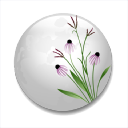
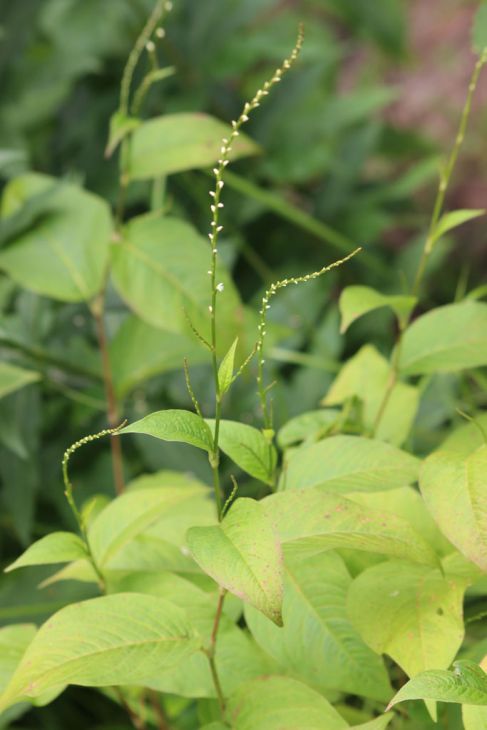

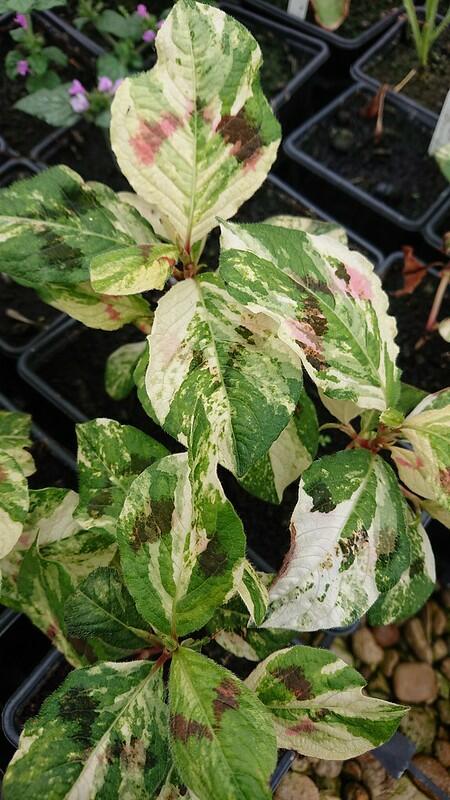




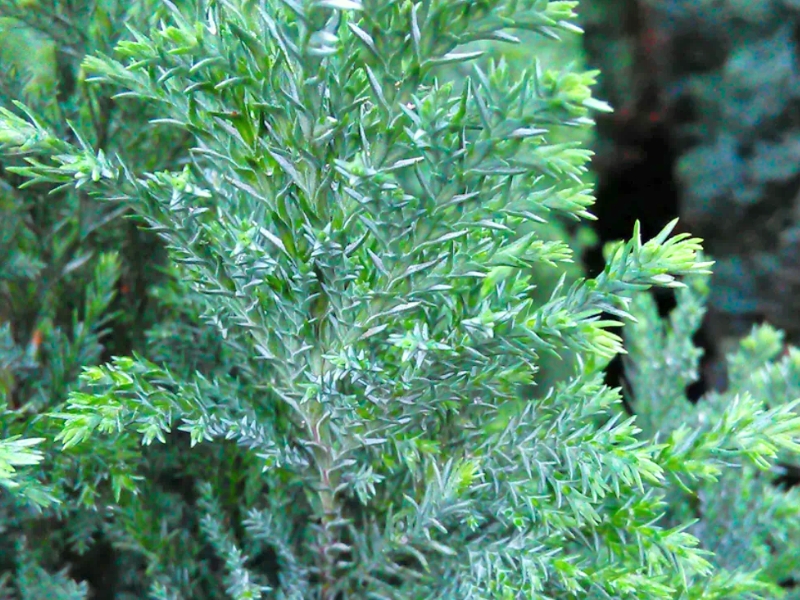

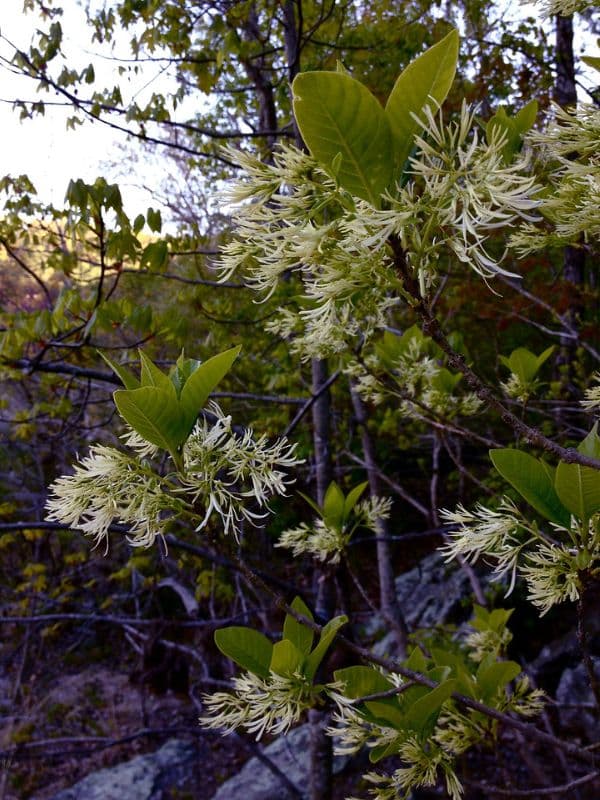
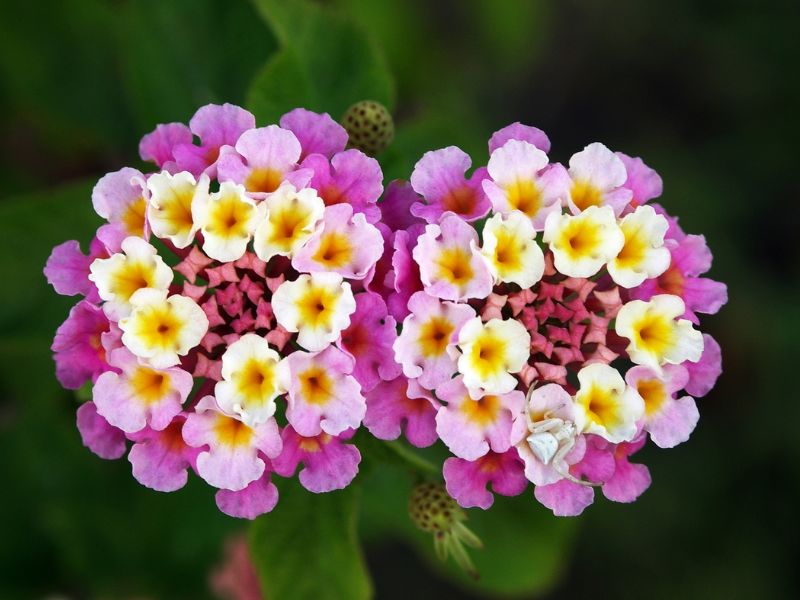
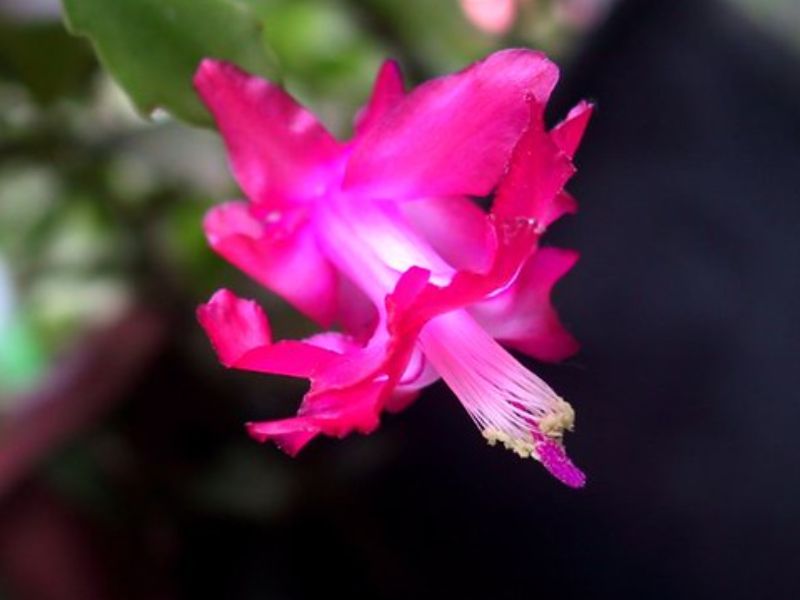
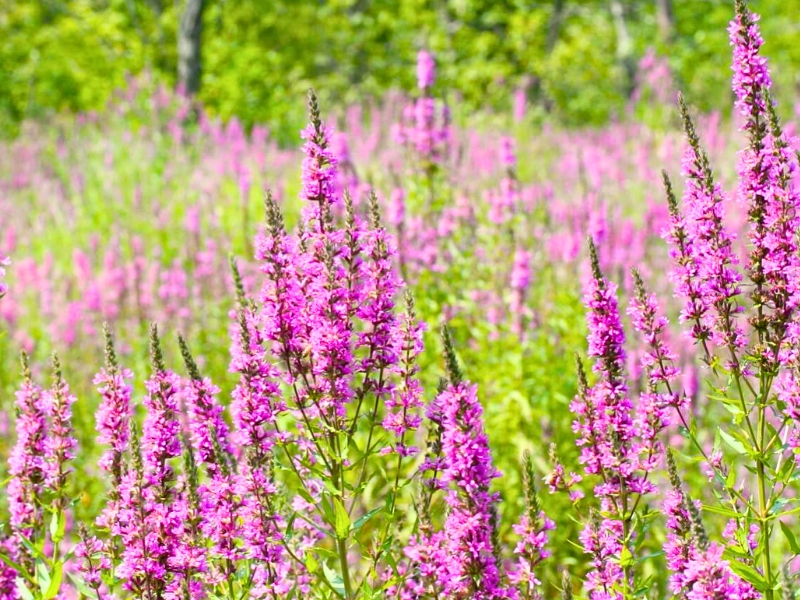
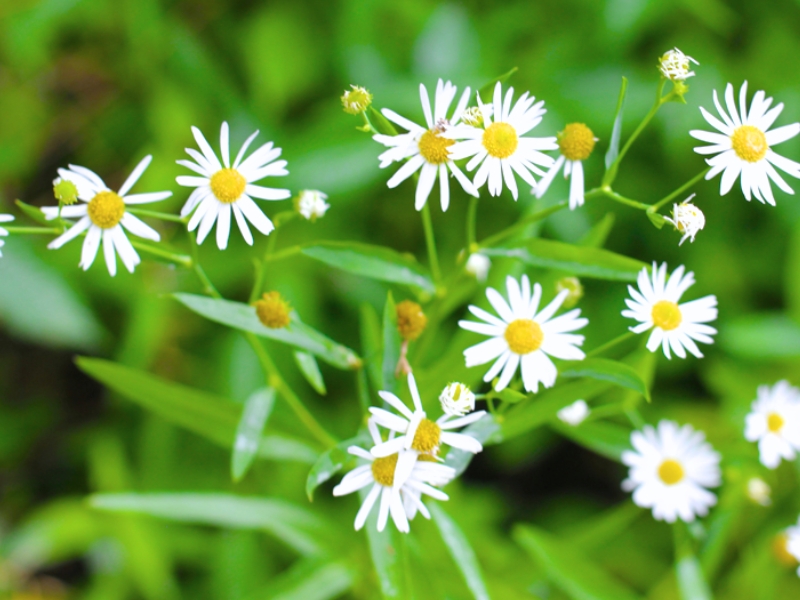
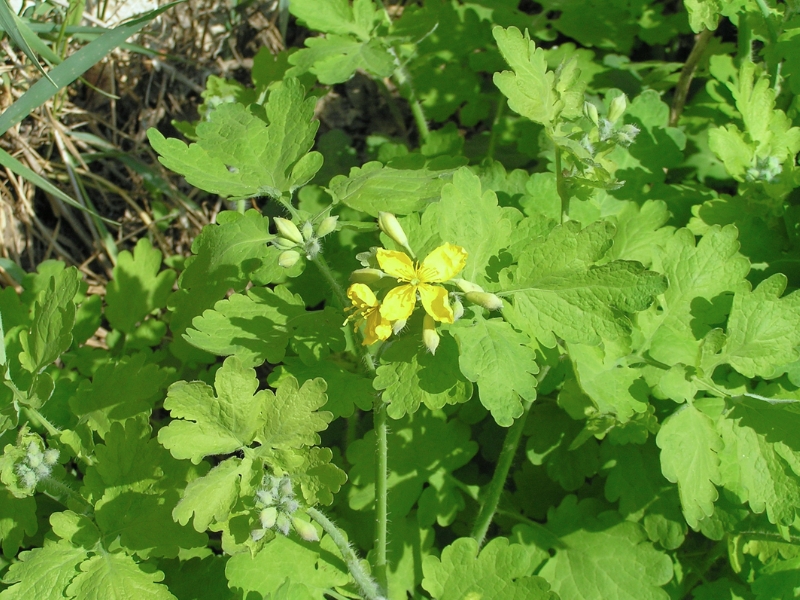
Leave a Reply